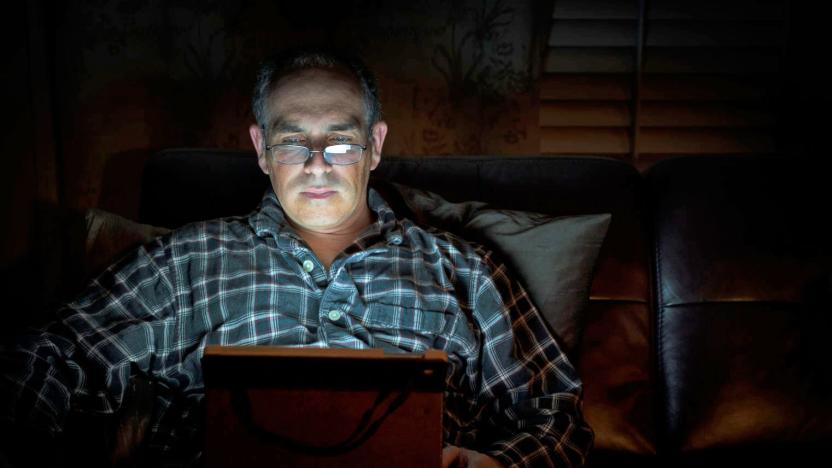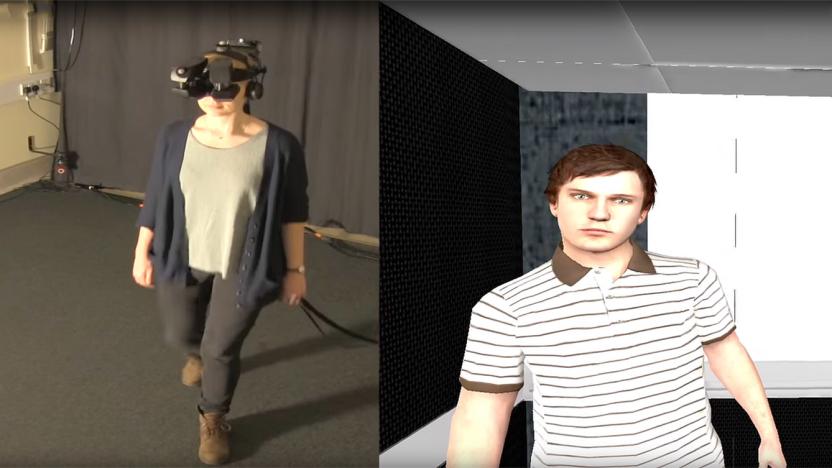psychotherapy
Latest

How to see a therapist when you’re stuck indoors
While the coronavirus outbreak isn't the first time the world has suffered a global pandemic, we've never been as technologically equipped to take on the challenges of avoiding human contact as now. But as we hunker down and stay home to help prevent the spread of COVID-19, we're all becoming more isolated than before.

Your therapist will text you now
The smartphone in our pockets has redefined how we interact with people, engage with the world and get ourselves around. A constant connection to the world may be making some of us miserable, however, with a recent South Korean study suggesting that more than 10 percent of internet-using teens are at risk for depression. This may explain the explosion in the number of services, like Talkspace, that enable people to seek help with a mental-health professional online.

Virtual reality helps paranoia patients face their fears
Virtual reality has vast potential for therapy, since it can put folks in stressful situations without any fear of harm. Researcher at Oxford University have demonstrated how effective it can be for treating severe paranoia in patients. The team selected 30 subjects receiving treatment for "persecutory delusions," a serious form of the disease. They were then outfitted with a $24,000 NVis SX111 head-mounted display built for military and other types of training, and placed into typically stressful social locations like elevators and subway trains.

DEA approves MDMA study for the terminally ill
MDMA is widely used both on and off festival grounds. But the drug is quietly making a comeback as a therapeutic aid. Last week, the DEA approved a clinical trial that will use a combination of the psychedelic drug and psychotherapy to treat anxiety associated with terminal illnesses. Multidisciplinary Association for Psychedelic Studies (MAPS) has initiated the study as part of their on-going efforts to validate the effectiveness of MDMA in a scientific setting. This isn't the first time it's been used to assist psychotherapy. But if the study is successful, it will introduce a new use for the drug.

Cognitive Behavioral Therapy in your pocket with the CBTReferee app
Cognitive Behavioral Therapy (CBT) is a type of psychotherapy that deals with dysfunctional emotions and feelings in a structured manner usually involving journaling, and reflecting on your journaled thoughts. The idea is to discover incorrect thinking and emotions. It has been found to be effective in quite a number of disorders including depression and post-traumatic stress disorder and OCD. CBTReferee [iTunes Link] $4.99US, was written by Andrew Arrow to assist in his personal therapist-directed CBT. Finding himself always needing to carry around a notebook, since negative thoughts and feelings happen at random, he built quite a simple app for his own use. Finding it personally effective, he decided to put it in the app store, not really knowing if it would be useful for others. Feedback he received convinced him otherwise. The app contains a brief description of CBT and clear instruction on how to properly utilize the app. It's just enough information to get started, and doesn't bog down in theory, so you can get up to speed quickly. When a negative thought occurs, the app directs you to write it down immediately. Once done, tapping the next button takes you through a screen of ten potential fallacies inherent in your entry. Some of these include: Nothing or All (black and white thinking where one small flaw kills an entire concept), Conclusion Jumping (assuming facts that don't' exist), Emotions as Evidence (assuming that if you feel a certain way, it must be true), and many others. With the journaled text visible, scroll through the list and check any of the options that you think may apply to your statement. Next, you are presented with a type-in screen titled: Referee Says, where, based on your statement and the options you have chosen, you try to write as objective an assessment as possible, to negate the statement.



